The Animal Feed Insect Proteins Market is currently characterized by a dynamic competitive landscape, driven by increasing demand for sustainable protein sources and the need for efficient waste management in livestock production. Key players such as AgriProtein (GB), Ynsect (FR), and Protix (NL) are at the forefront, each adopting distinct strategies to enhance their market positioning. AgriProtein (GB) focuses on innovation in production processes, aiming to optimize the conversion of organic waste into high-quality protein. Meanwhile, Ynsect (FR) emphasizes regional expansion, having recently opened a new facility in the Netherlands to increase its production capacity. Protix (NL) is also pursuing partnerships with agricultural firms to integrate insect protein into existing feed formulations, thereby enhancing its market reach. Collectively, these strategies indicate a trend towards collaboration and innovation, shaping a competitive environment that prioritizes sustainability and efficiency.
In terms of business tactics, companies are increasingly localizing manufacturing to reduce transportation costs and enhance supply chain resilience. The market appears moderately fragmented, with several players vying for market share while also collaborating on research and development initiatives. This competitive structure allows for a diverse range of products and innovations, although it also necessitates strategic differentiation among key players to maintain a competitive edge.
In August 2025, AgriProtein (GB) announced a partnership with a leading agricultural university to develop new insect feed formulations tailored for specific livestock needs. This collaboration is likely to enhance AgriProtein's product offerings and strengthen its position as a leader in the sector, as it aligns with the growing trend of personalized nutrition in animal feed. The strategic importance of this move lies in its potential to leverage academic research for practical applications, thereby fostering innovation in the insect protein space.
In September 2025, Ynsect (FR) unveiled plans to expand its production capabilities by investing in a state-of-the-art facility in France, aimed at doubling its output by 2026. This strategic investment not only reflects Ynsect's commitment to meeting rising demand but also positions the company to capitalize on the increasing global focus on sustainable protein sources. The expansion is expected to enhance operational efficiencies and reduce costs, further solidifying Ynsect's competitive advantage in the market.
In July 2025, Protix (NL) secured a significant investment from a consortium of venture capital firms to accelerate its research and development efforts. This funding is anticipated to facilitate the development of innovative insect-based feed products, thereby enhancing Protix's ability to compete effectively in a rapidly evolving market. The strategic importance of this investment lies in its potential to drive technological advancements and improve product differentiation, which are crucial for maintaining competitiveness in the animal feed sector.
As of October 2025, the Animal Feed Insect Proteins Market is witnessing trends that emphasize digitalization, sustainability, and the integration of artificial intelligence in production processes. Strategic alliances among companies are increasingly shaping the competitive landscape, fostering innovation and collaboration. Looking ahead, it appears that competitive differentiation will evolve from traditional price-based competition to a focus on innovation, technological advancements, and supply chain reliability. This shift suggests that companies that prioritize these aspects are likely to thrive in the future market.


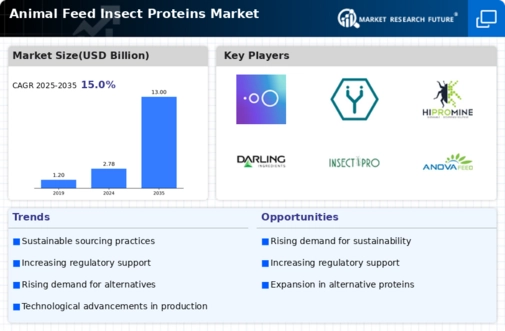
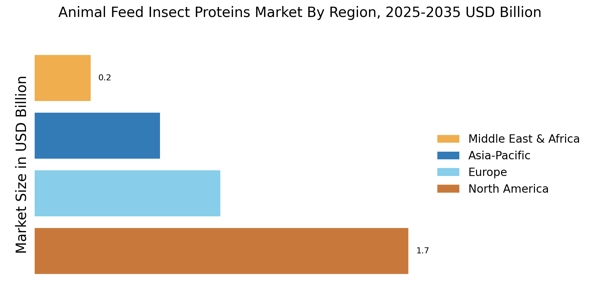
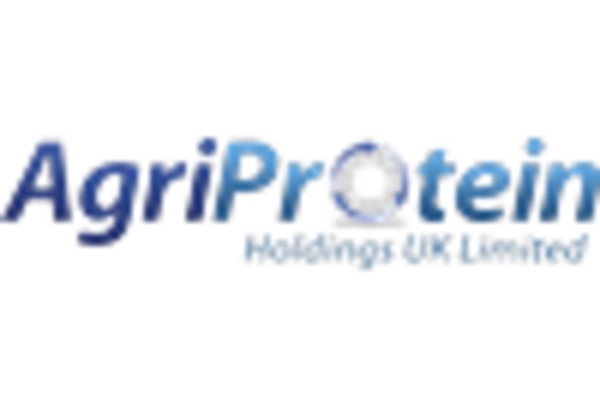

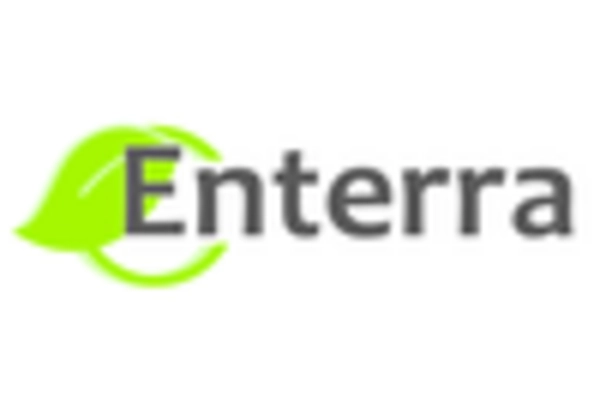

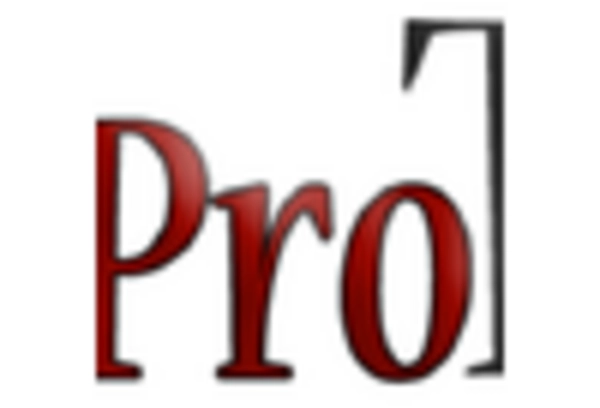









Leave a Comment